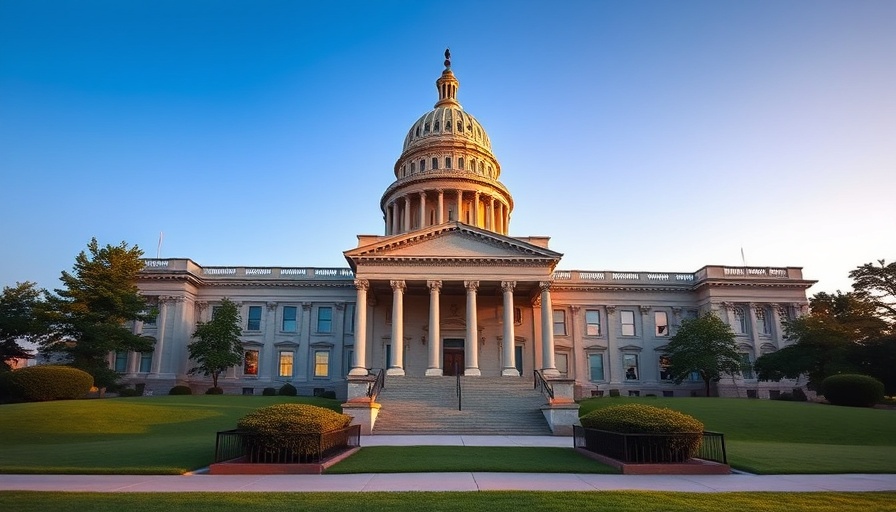
Understanding Kansas Property Tax Proposals: S.B. 280 vs. H.B. 2396
As discussions surrounding property taxes heat up in Kansas, two fresh legislative proposals are taking center stage: S.B. 280 and H.B. 2396. Both initiatives aim to address the rising cost of property taxes, but they explore different mechanisms for controlling levies. S.B. 280 proposes an annual limit that allows local governments to increase property tax collections only to match inflation and accommodate new constructions, directly involving voters in any further increases. Meanwhile, H.B. 2396 provides citizens the power to protest and potentially overturn property tax hikes while simultaneously boosting state funding for local government agencies.
The Need for Property Tax Limits
The proposed levy limits in Kansas are significant in a context where property taxes comprise a substantial portion of state and local revenues. Historically, Kansas has had some form of property tax limit in place until it was largely repealed in 2021. S.B. 280 aims to revive this concept by creating a structured pathway where voters can assess whether increased taxation is justified, fostering stronger community engagement with tax policies. This change resonates particularly well with taxpayers who increasingly feel the strain of property taxes on their budgets.
Inflation and New Construction: Essential Considerations
Notably, one key feature of S.B. 280 is its built-in adjustment for inflation. This consideration ensures that local governments do not fall behind on the costs associated with providing essential services as prices rise. As property values and communities evolve with new subdivisions and businesses, the need for public infrastructure to support these developments must be adequately funded. The bill seeks to address this balance without harming taxpayers' wallets too severely.
Potential Drawbacks of Current Proposals
Despite their merits, the current proposals also carry some potential drawbacks. For example, while H.B. 2396 gives taxpayers a means to contest tax increases, the protest process may complicate the fiscal planning for local governments, leading to uncertainty in budget allocations—something that cities and counties must navigate to maintain efficient services. Ultimately, carefully considering these proposals' structures may lead Kansas to a more balanced and fair taxation system.
What This Means for Kansas Taxpayers
As Kansans engage in this ongoing debate, the implications of these property tax proposals can shape the financial landscape for countless families. With the possibility of a structured levy limit being reinstated, residents may find themselves with more control over local tax matters and better insights into how government services are funded. This proactive approach can encourage a sense of ownership and responsibility among taxpayers regarding their financial contributions to their communities.
What’s Next for Kansas' Tax Future?
Ultimately, as these proposals make their way through legislation, the future of property taxes in Kansas rests on balancing growth, fairness, and accountability. Citizens have the power to advocate for which structures benefit their communities best. As these discussions evolve, staying informed and engaged will be critical for making impactful choices in local governance.
 Add Row
Add Row  Add
Add 

 Add Row
Add Row  Add
Add 



Write A Comment